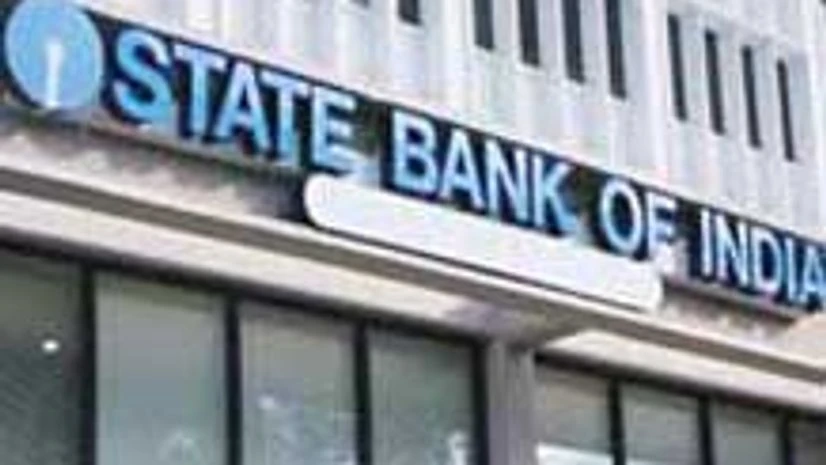While the rise in BR will apply to existing and new customers, the increase in spreads will apply to new borrowers only. The Reserve Bank of India defines the spread as an extra amount the banker adds to cover credit risk, profit mark-up, etc. The amount differ between lenders but is usually constant over the life of the loan.
For banks, the spread is 'positive'; the final interest rate is the BR + the spread. For housing finance companies, it is 'negative'. An HFC will mention its rate as a discount to the Benchmark Prime Lending Rate.
In the case of SBI’s loans, the difference works out to Rs 96,000 for a Rs 60-lakh loan, over a 20-year period. SBI’s margins, despite the rise, continue to be the lowest. For instance, ICICI Bank charges 40 bps for loans up to Rs 30 lakh and 65-125 bps for above Rs 30 lakh.
An official from SBI said there was no way the bank would be able to reduce spreads, as the cost of funds had gone up. Yet, there are ways you can negotiate for a better spread at the time of taking the loan. In fact, RBI advises a borrower first check if the margin in case of a floating rate is fixed or variable. So, while looking at rates, check the margin on the loan as well. The website of a foreign bank says, “The interest rates mentioned are indicative and the bank may in certain instances and at its discretion charge a differential pricing than (these) published rates.”
If your lender raises the spread, you can shift to the older spreads by closing the existing loan agreement and signing a new one. You can shift to a new lender or continue with the existing one. To retain the customer, your existing lender will allow you to shift to the lower spread by paying a switchover fee.
Sometimes, loan aggregators are able to negotiate for better spreads from lenders, since they provide bulk customers. Individual borrowers, too, can negotiate for better spreads, depending on profile, credit worthiness, relationship with the bank, value of the property and so on.
For instance, if two customers have the same income but one has fewer loans, then it is possible the lender might offer him better spreads, says an official with an HFC. With more lenders accessing and sharing data with credit bureaus, this will become more common.
If you convince the lender that you have a better offer from a competitor, you might be offered better spreads, in an attempt to retain you. According to Vipul Patel, of Home Loan Advisors, a mortgage advisory firm, there is no standard formula but banks can go down to 25 bps of margin over the BR. “Banks will certainly want to accommodate clients with a clear repayment record. Also, clients who have borrowed less as compared to their property values or disposable income will have a definite edge over others,’’ he says.

)
